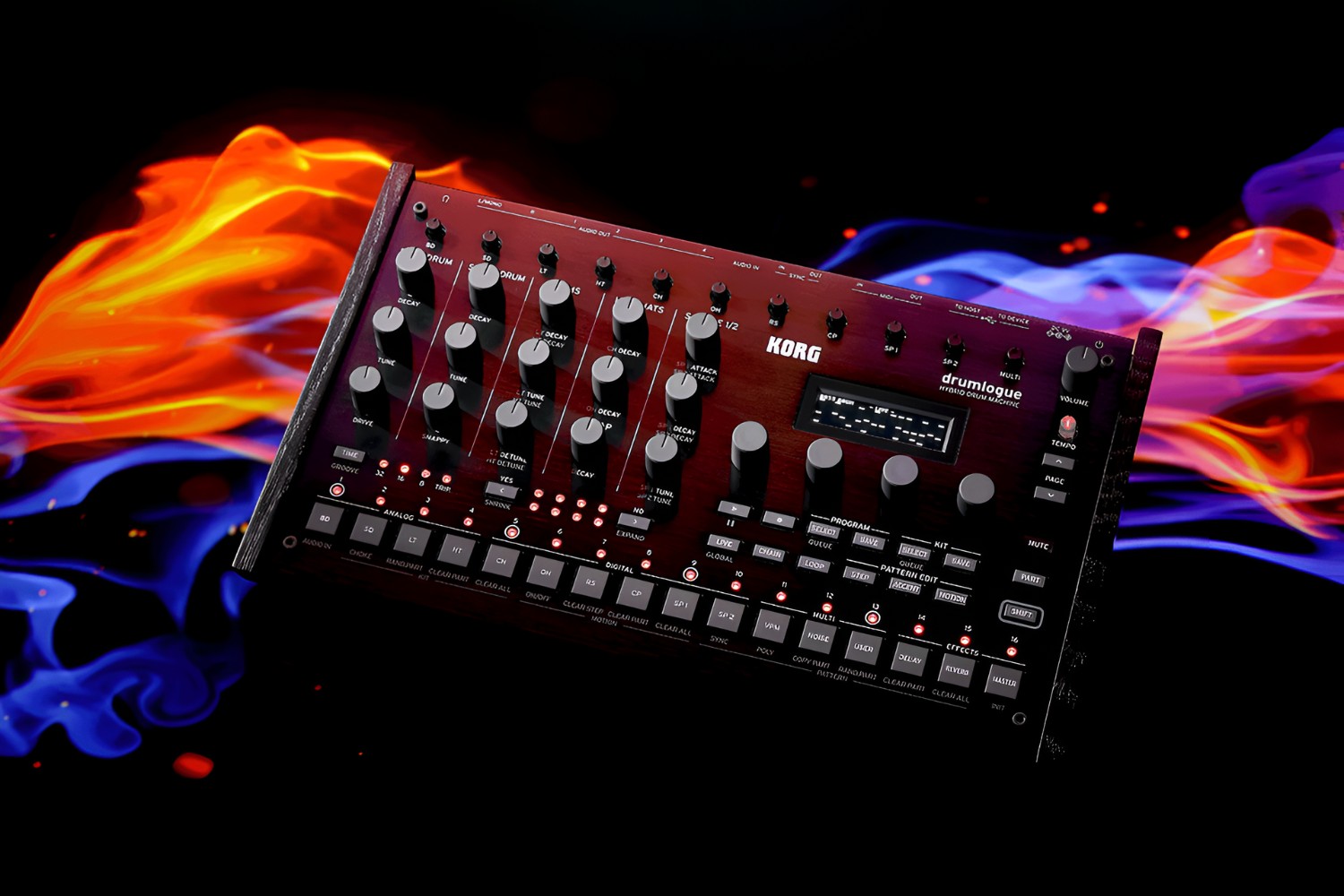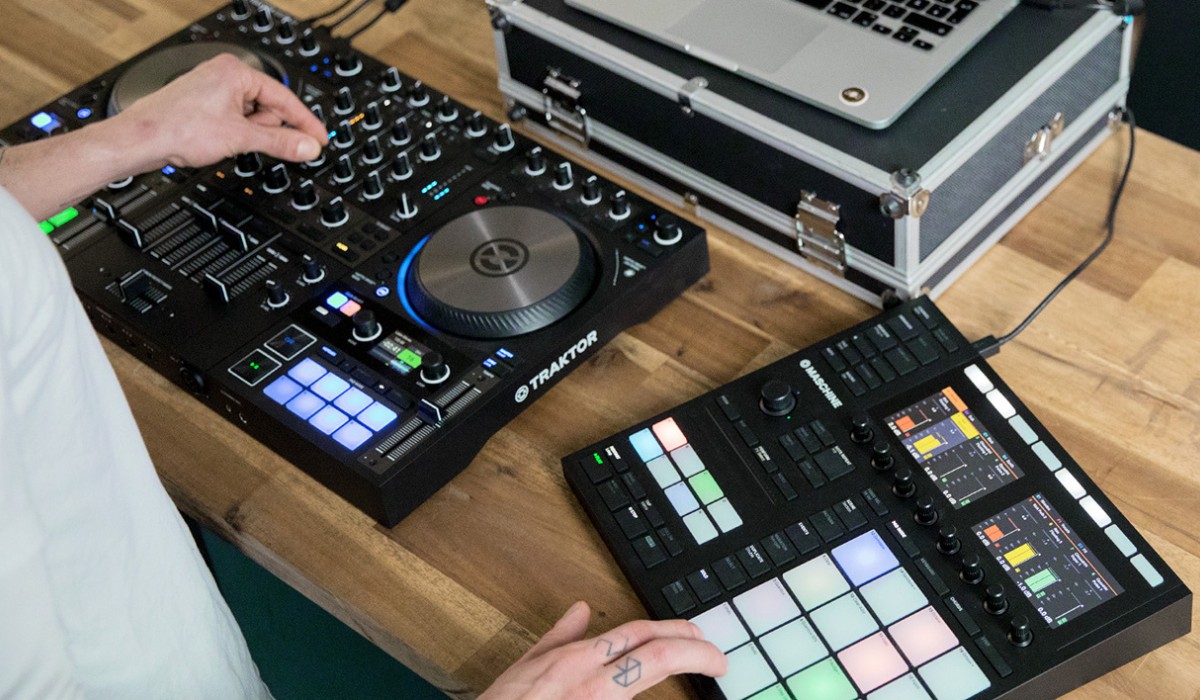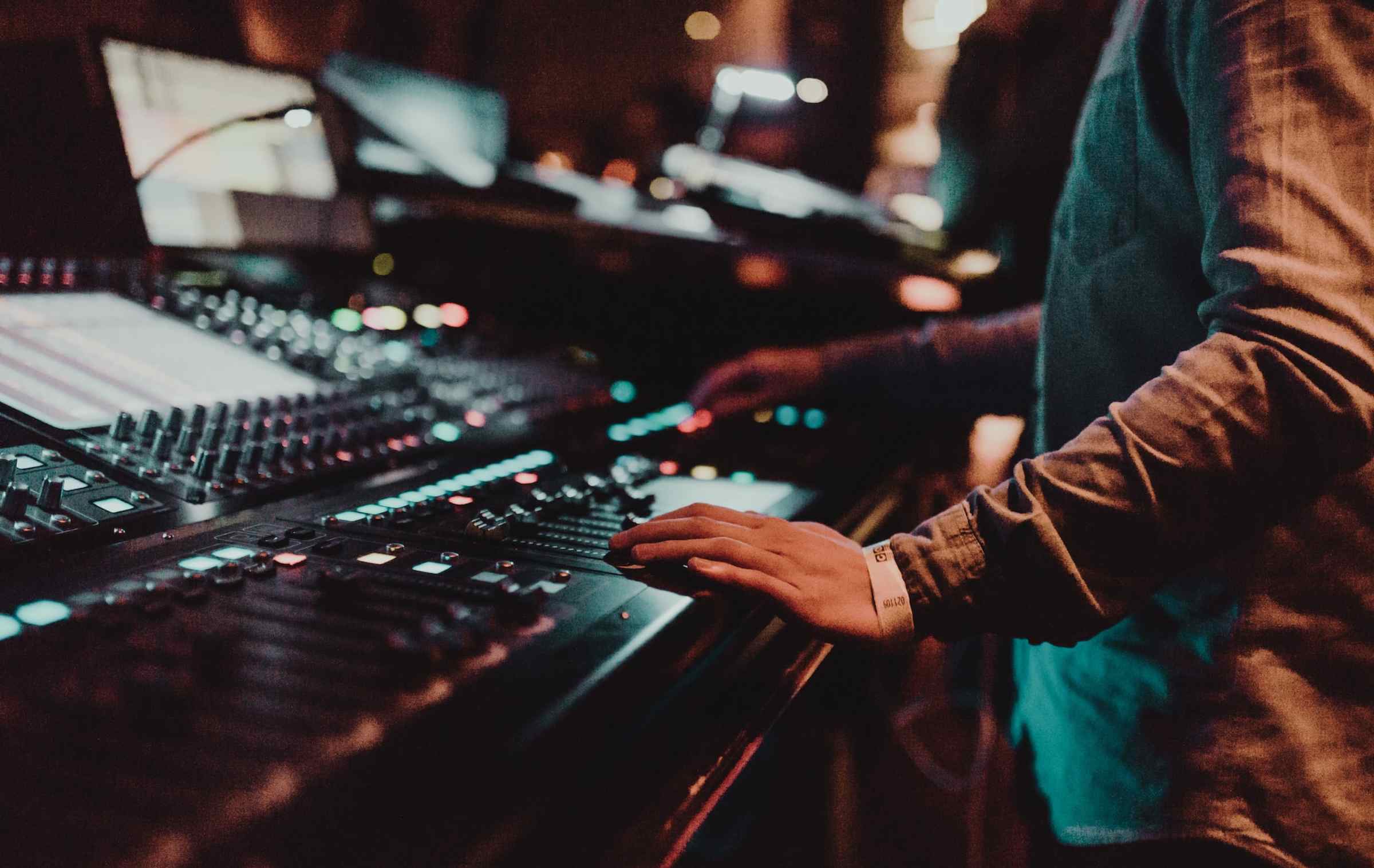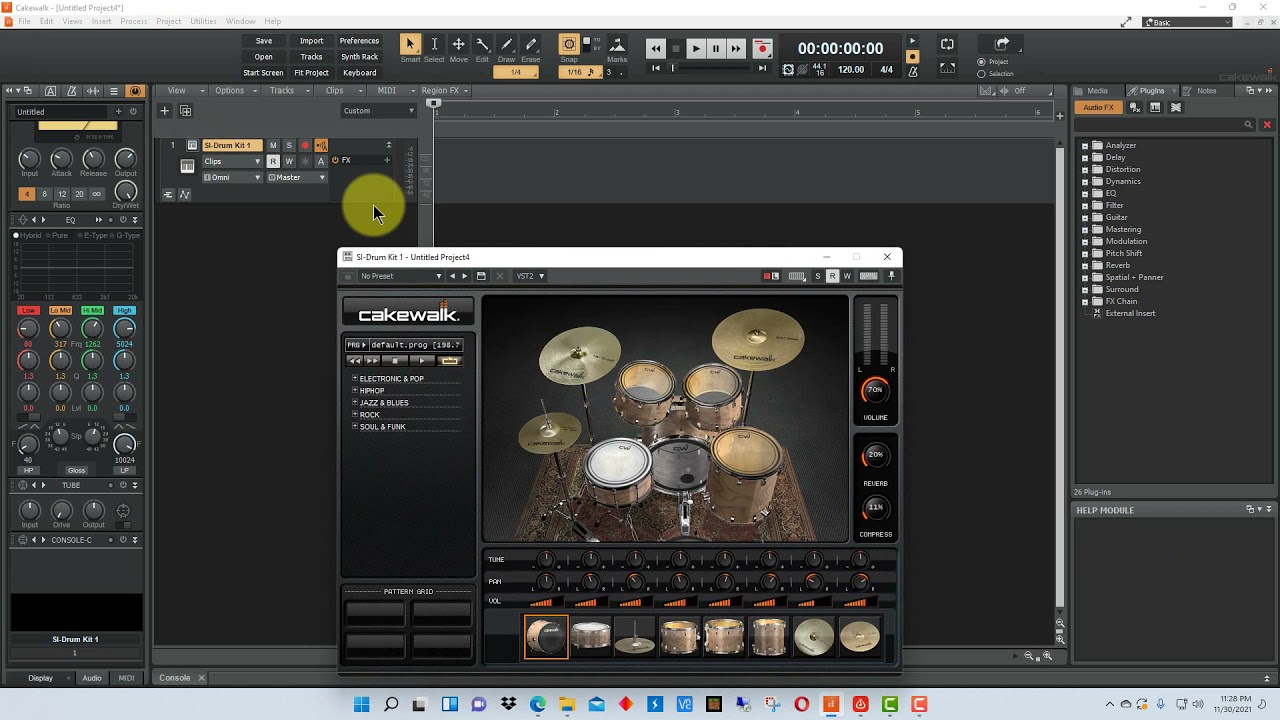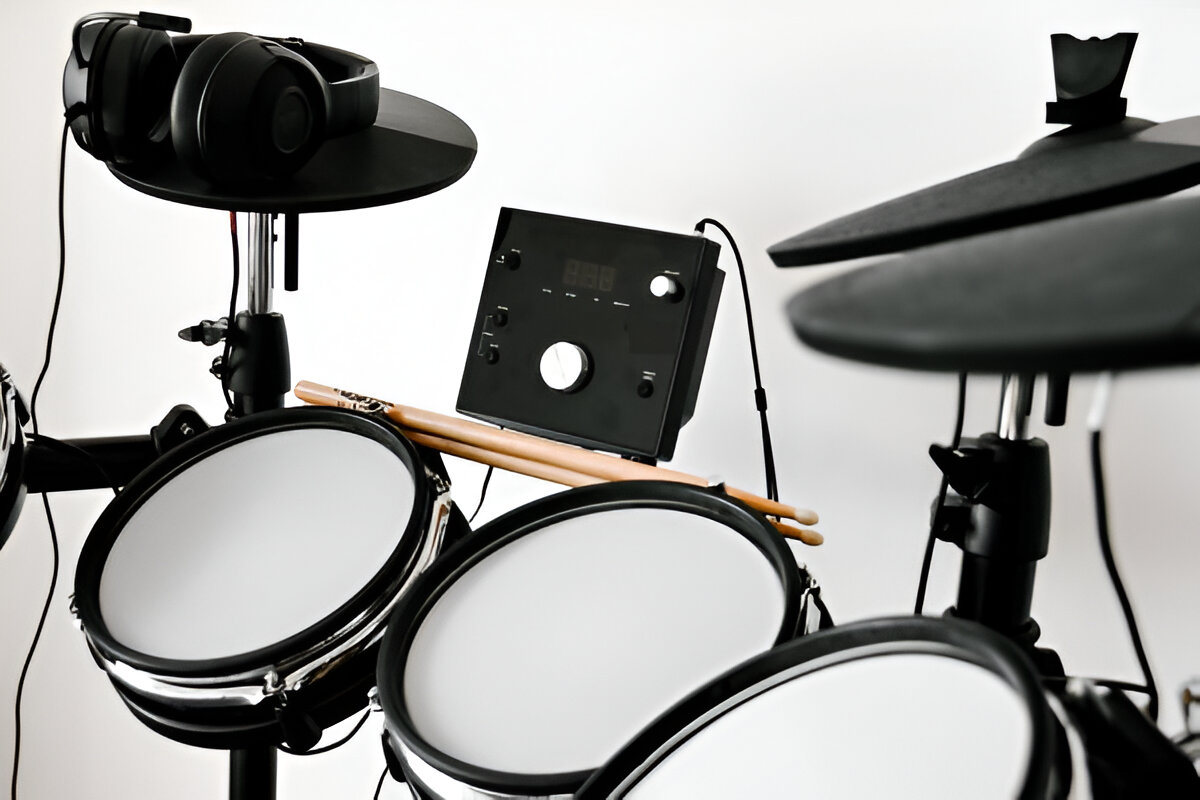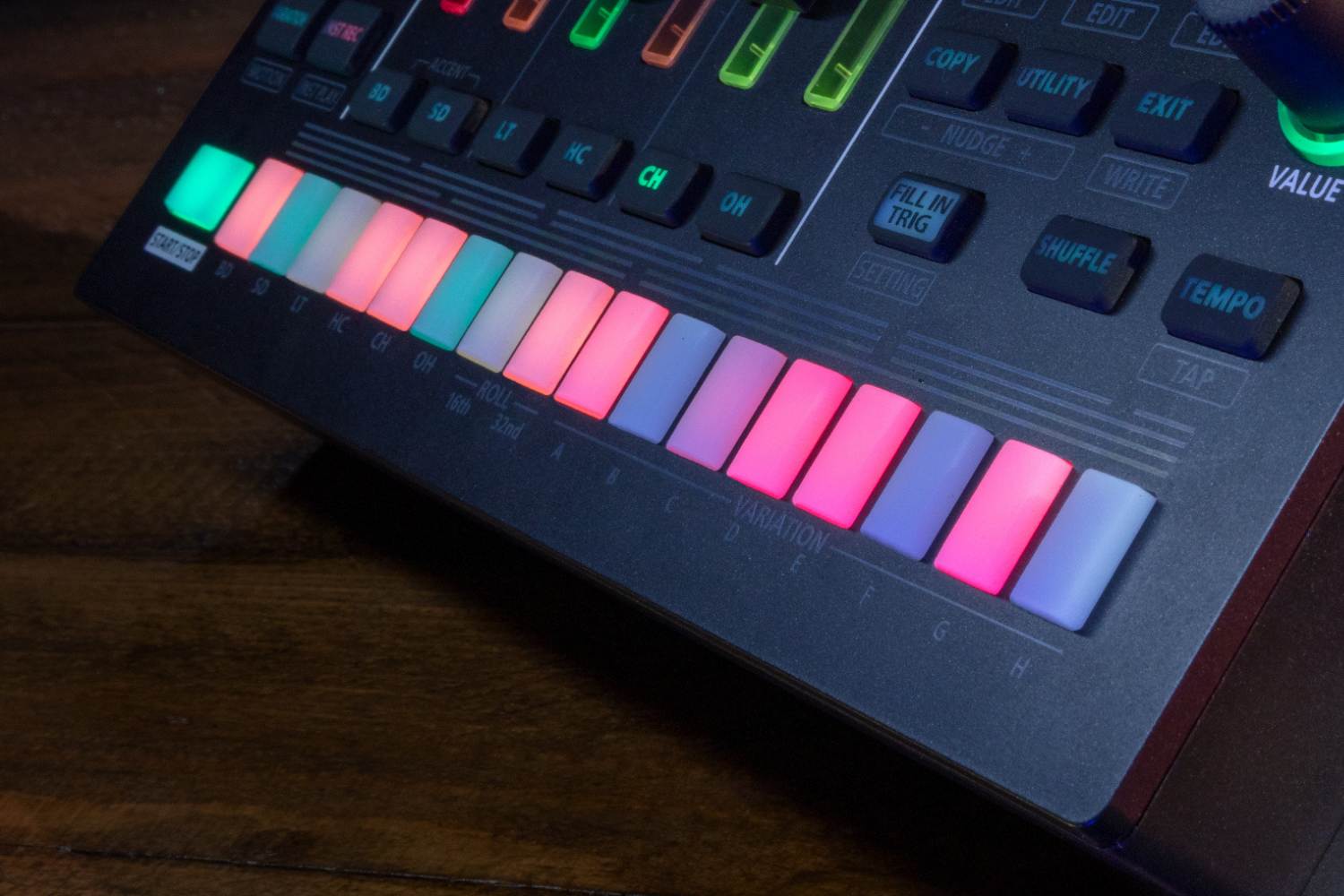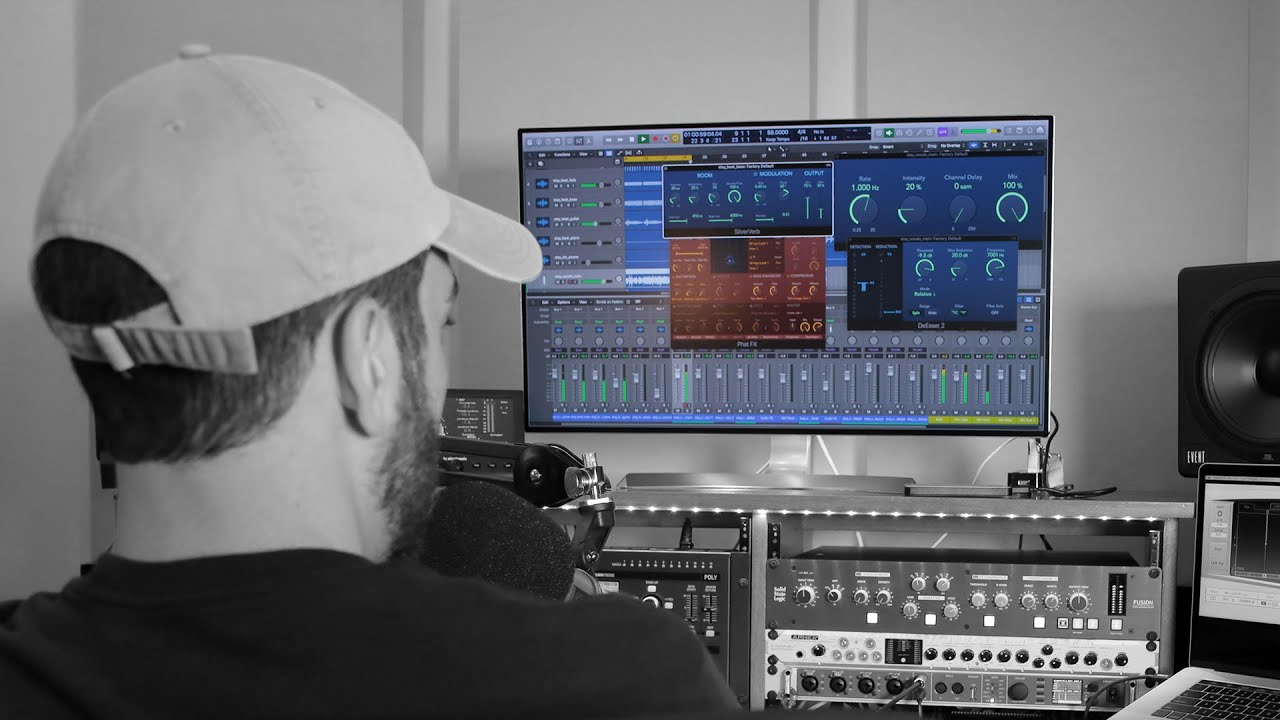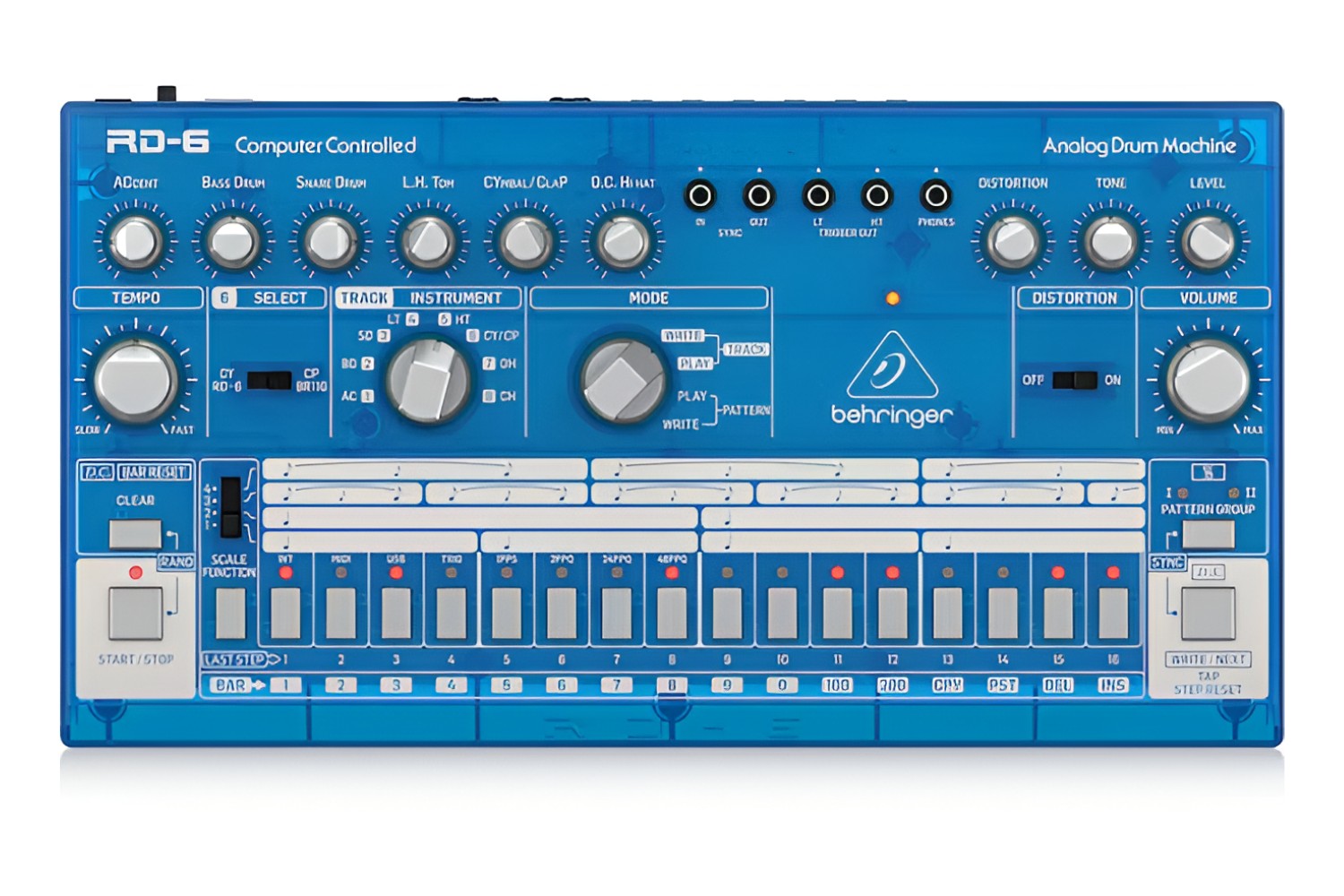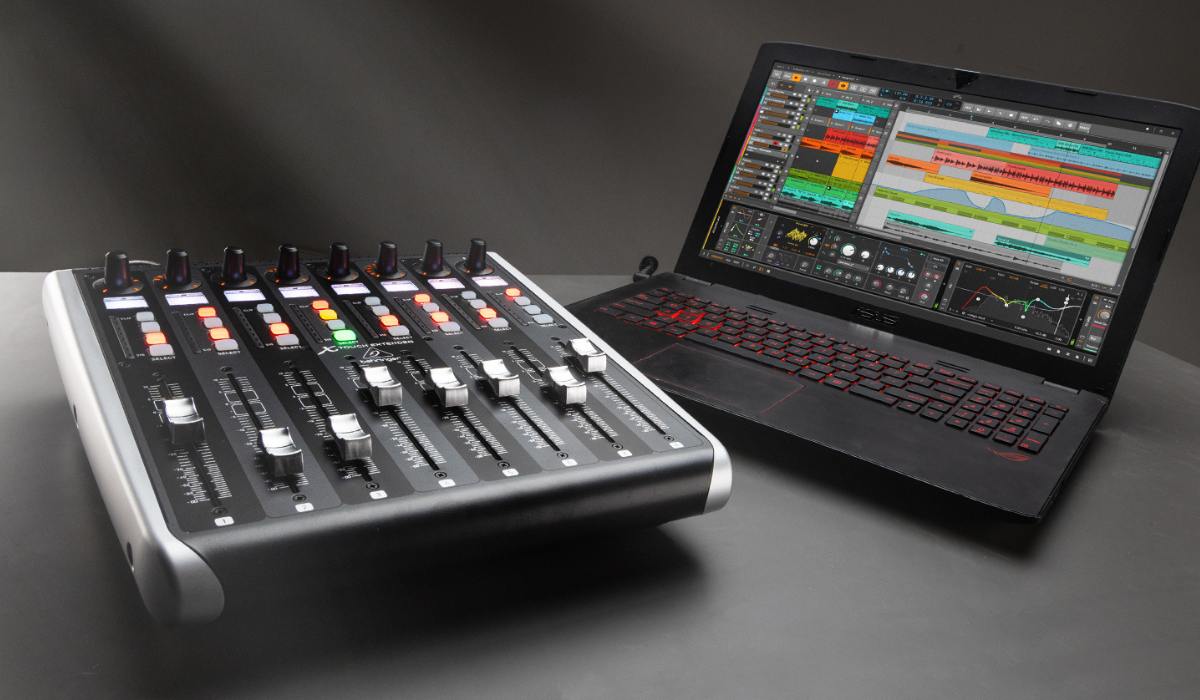Introduction
Understanding the World of Drum Machines
Drum machines have revolutionized the music industry, offering musicians and producers an innovative way to create captivating beats and rhythms. These electronic devices have become an indispensable tool in various music genres, from pop and hip-hop to electronic dance music (EDM) and beyond. As technology continues to advance, the market is flooded with a diverse array of drum machines, each boasting unique features and capabilities. For aspiring musicians and seasoned professionals alike, selecting the right drum machine can be a daunting task, especially considering the abundance of options available.
Whether you’re a novice musician eager to experiment with rhythmic patterns or a seasoned producer seeking a user-friendly solution for beat production, understanding the intricacies of drum machines is essential. From evaluating the core functionalities to exploring the user interface, several factors come into play when choosing the ideal drum machine. In this comprehensive guide, we will delve into the world of drum machines, shedding light on the key considerations to keep in mind and highlighting some of the easiest drum machines to use.
What Is a Drum Machine?
A drum machine is an electronic musical instrument designed to produce percussion sounds, beats, and rhythmic patterns. It serves as a versatile tool for musicians, enabling them to create and manipulate various drum and percussion sounds without the need for physical drums or human drummers. Drum machines have evolved significantly since their inception, offering an extensive range of features that cater to the diverse needs of music creators.
At its core, a drum machine consists of a sound generator, sequencer, and user interface. The sound generator is responsible for producing a wide array of percussion sounds, including kick drums, snares, hi-hats, cymbals, and other rhythmic elements. These sounds can be synthesized internally or sampled from real drum recordings, providing users with an extensive sonic palette to work with.
The sequencer, a fundamental component of a drum machine, allows users to arrange and program rhythmic patterns and beats. This functionality empowers musicians to create complex drum patterns, adjust the timing and velocity of each sound, and sequence multiple patterns to compose complete drum tracks. Additionally, modern drum machines often feature advanced sequencing capabilities, such as pattern chaining, song mode, and real-time performance recording, enhancing the creative possibilities for users.
Furthermore, the user interface of a drum machine plays a pivotal role in shaping the user experience. Intuitive interfaces with clear controls and visual feedback streamline the process of programming and manipulating drum sounds, making the instrument accessible to musicians of all skill levels. Additionally, many drum machines incorporate performance features such as pads or buttons for triggering sounds, knobs for real-time sound manipulation, and comprehensive display screens for seamless navigation and parameter adjustments.
Overall, a drum machine serves as a powerful tool for music production, offering unparalleled flexibility, creativity, and convenience in crafting rhythmic elements for compositions across various genres. As technology continues to advance, the capabilities of drum machines continue to expand, providing musicians with innovative solutions for beat creation and rhythm programming.
Factors to Consider When Choosing a Drum Machine
When embarking on the journey to select the ideal drum machine, several crucial factors come into play, each influencing the overall user experience and creative potential. Understanding these key considerations can guide musicians and producers toward a drum machine that aligns with their specific needs and preferences. Here are the primary factors to contemplate when evaluating drum machines:
- Sound Quality and Variety: One of the fundamental aspects to assess is the sound quality and diversity offered by the drum machine. A comprehensive selection of high-quality drum and percussion sounds, including classic analog emulations, modern digital samples, and customizable sound shaping options, can significantly enhance the sonic capabilities of the instrument.
- Sequencing Capabilities: The sequencing functionality of a drum machine is paramount, as it dictates the user’s ability to create, edit, and arrange rhythmic patterns. Advanced sequencing features, including pattern chaining, real-time recording, and intuitive pattern editing, can elevate the creative workflow and streamline the composition process.
- User Interface and Workflow: A user-friendly interface and intuitive workflow are essential for seamless interaction with the drum machine. Clear and responsive controls, visual feedback, and ergonomic design contribute to a more efficient and enjoyable user experience, enabling swift programming and manipulation of drum sounds.
- Performance Features: For live performance and real-time manipulation, the inclusion of performance-oriented features such as velocity-sensitive pads, assignable controls, and dynamic sound triggering capabilities can empower musicians to express their creativity on stage and in the studio.
- Connectivity and Integration: Consider the connectivity options and integration capabilities of the drum machine within your existing setup. MIDI connectivity, USB functionality, and compatibility with external hardware and software expand the possibilities for incorporating the drum machine into a comprehensive music production environment.
- Portability and Durability: For musicians on the move, the portability and durability of the drum machine are crucial factors to weigh. Compact, rugged designs and long-lasting battery life can facilitate on-the-go creativity and withstand the demands of live performances and travel.
By carefully evaluating these factors and aligning them with individual creative requirements, musicians and producers can make informed decisions when selecting a drum machine that complements their artistic vision and enhances their musical endeavors.
The Easiest Drum Machines to Use
When seeking a drum machine that prioritizes user-friendly operation without compromising on functionality and sonic capabilities, several standout options cater to musicians of all skill levels. These drum machines are designed to streamline the beat-making process, offering intuitive interfaces, straightforward workflows, and accessible features. Here are some of the easiest drum machines to use:
- Teenage Engineering PO-12 Rhythm: Renowned for its compact size and straightforward design, the PO-12 Rhythm from Teenage Engineering is a pocket-sized drum machine that packs a punch. Featuring a minimalist yet powerful interface, this drum machine offers a diverse range of synthesized drum sounds, pattern chaining, and real-time parameter tweaking, making it an ideal choice for beginners and seasoned users alike.
- Korg Volca Beats: The Korg Volca Beats combines simplicity with versatility, boasting an intuitive layout and hands-on controls for crafting dynamic drum patterns. With its built-in step sequencer, diverse sound engine, and responsive touch pads, the Volca Beats provides an effortless and immersive drum programming experience, making it an excellent entry point for aspiring beatmakers.
- Arturia DrumBrute Impact: Designed for instant creativity and performance, the Arturia DrumBrute Impact offers a hands-on approach to drum synthesis and sequencing. Its tactile interface, dedicated controls for each drum sound, and robust sound sculpting options empower users to craft compelling rhythms with ease, making it an accessible yet powerful drum machine for diverse musical styles.
- Elektron Model:Samples: Combining a streamlined interface with deep sound manipulation capabilities, the Elektron Model:Samples is a user-friendly yet versatile drum machine. Its intuitive parameter controls, sample-based sound engine, and performance-focused features make it an effortless tool for shaping and sequencing drum patterns, catering to both beginners and experienced producers.
- Akai Professional MPC One: Blending the iconic MPC workflow with modern functionality, the Akai Professional MPC One offers a comprehensive yet approachable drum machine experience. With its touch interface, tactile controls, expansive sound library, and integrated production features, the MPC One provides an intuitive platform for beat creation and music production, catering to a wide range of users.
These drum machines exemplify a commitment to user-friendly design and accessibility, empowering musicians to dive into the world of beat programming with confidence and creativity. Whether crafting rhythms at home, performing on stage, or producing in the studio, these instruments offer a seamless and enjoyable drum machine experience for enthusiasts and professionals alike.
Exploring the World of Drum Machines
Drum machines continue to serve as indispensable tools for musicians and producers, offering a gateway to boundless creativity and rhythmic expression. As technology advances, the landscape of drum machines evolves, presenting a diverse array of options that cater to varying skill levels and artistic preferences. From the fundamental elements of sound generation and sequencing to the user interface and performance features, the considerations when choosing a drum machine are multifaceted.
By understanding the essential factors that shape the drum machine experience, such as sound quality, sequencing capabilities, user interface, performance features, connectivity, and portability, individuals can make informed decisions when selecting a drum machine that aligns with their unique creative aspirations. Moreover, the accessibility and ease of use of drum machines play a pivotal role in democratizing beat-making and rhythm programming, inviting musicians of all backgrounds to engage with these innovative instruments.
Furthermore, the availability of user-friendly drum machines, such as the Teenage Engineering PO-12 Rhythm, Korg Volca Beats, Arturia DrumBrute Impact, Elektron Model:Samples, and Akai Professional MPC One, exemplifies a commitment to empowering users with intuitive interfaces, streamlined workflows, and immersive creative experiences. These instruments not only simplify the process of crafting compelling drum patterns but also inspire users to explore new sonic territories and unleash their musical potential.
As the music production landscape continues to evolve, the accessibility and ease of use of drum machines are poised to play a pivotal role in nurturing the next generation of music creators and expanding the horizons of seasoned professionals. With a diverse range of user-friendly drum machines available, musicians and producers are equipped with the tools they need to embark on sonic adventures, shape captivating rhythms, and bring their musical visions to life.
Ultimately, the world of drum machines stands as a testament to the convergence of technology and creativity, inviting individuals to embark on rhythmic journeys that transcend boundaries and ignite artistic innovation. Whether in the studio, on stage, or in the hands of aspiring enthusiasts, drum machines continue to pave the way for boundless musical expression, ensuring that the heartbeat of rhythm resonates across genres and generations.







